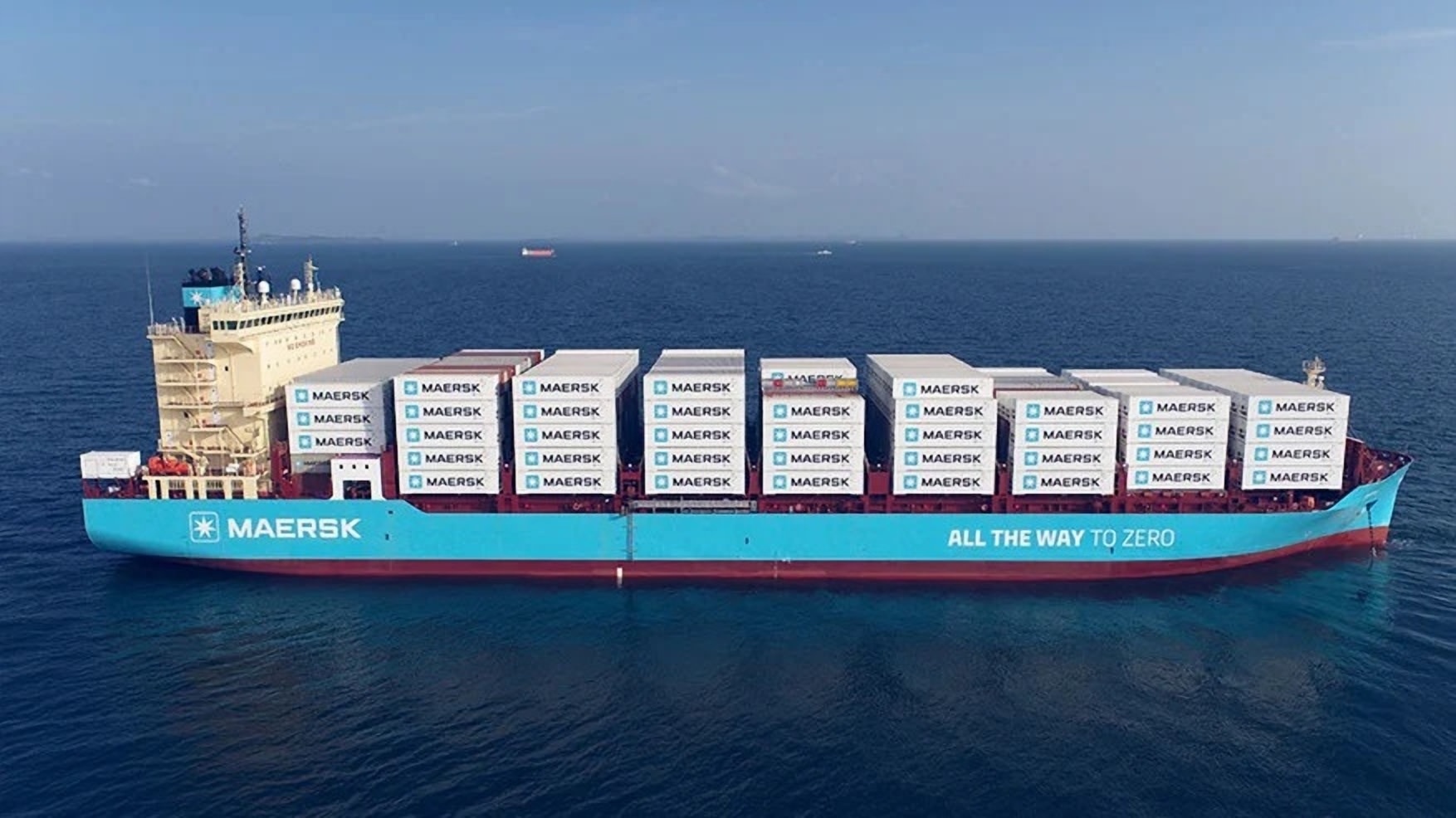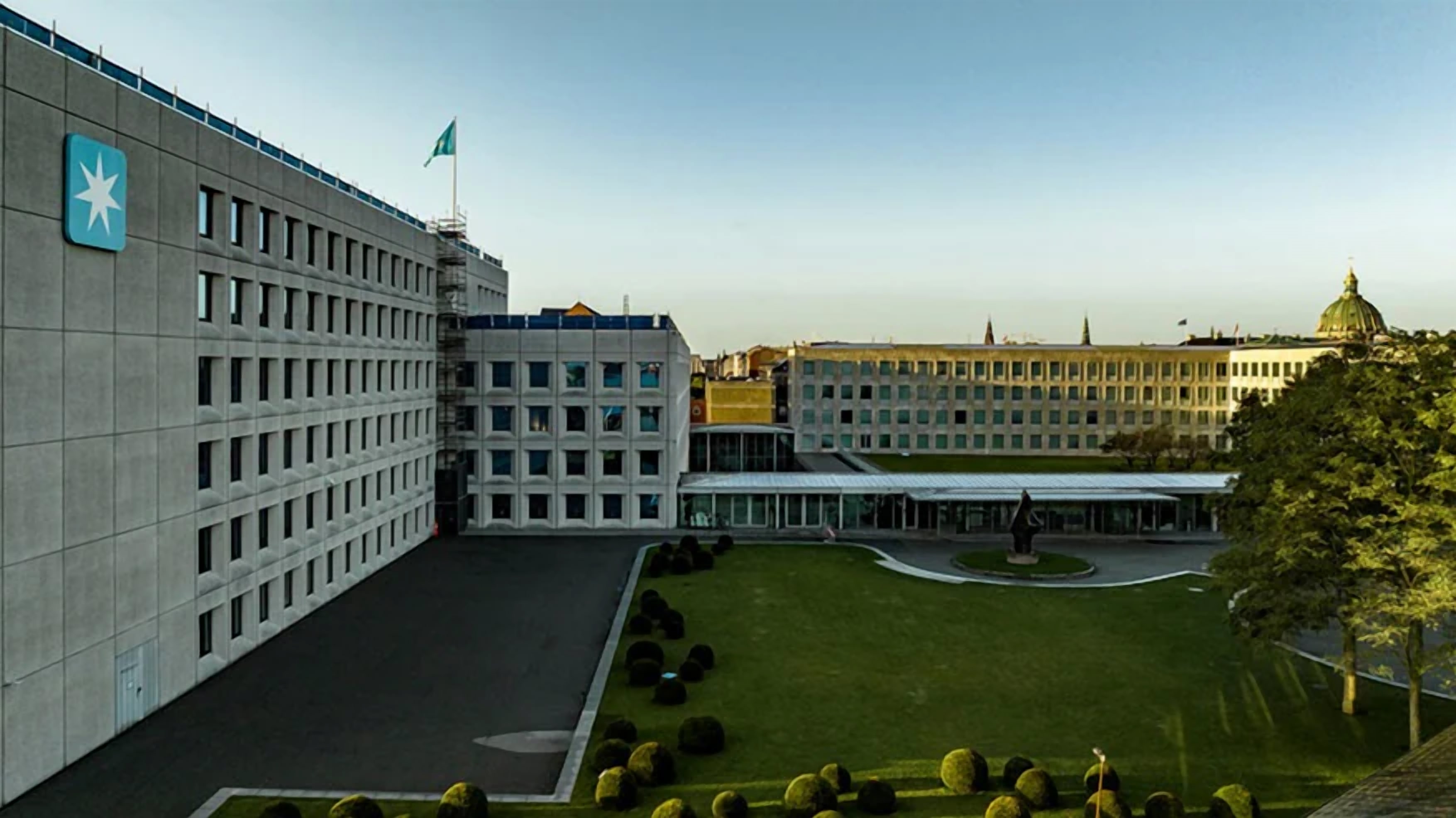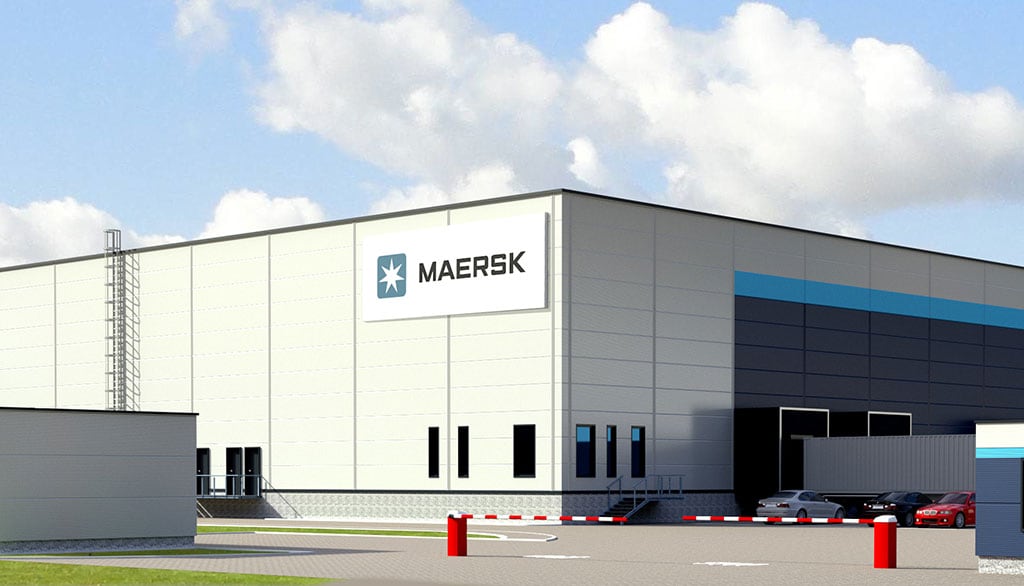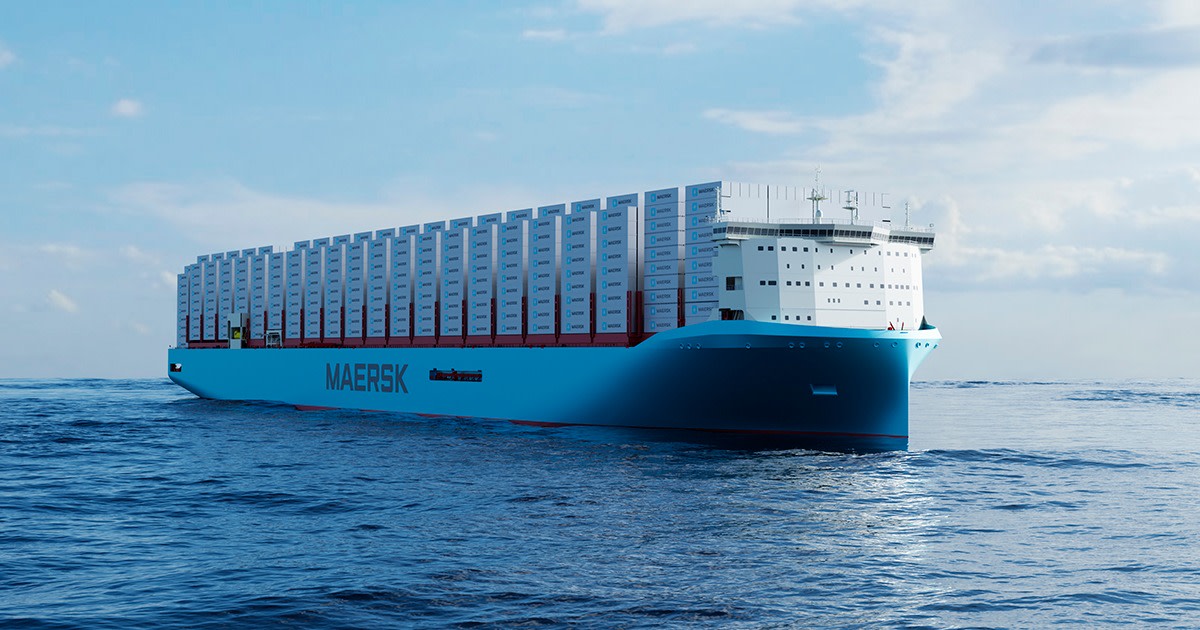Optimize Digitization for Environmentally Friendly Logistics
A.P Moller-Maersk

Businesses are giving sustainability a much clearer and more strategic place in their priorities. Customers who care about the environment are starting to prefer products that are better for the environment. As a result, they want more information about the sustainability of the whole supply chain of the products they buy. Also, regulators and investors are putting pressure on businesses to disclose their sustainability strategies, projects, and results.
Intelligent supplier management, which means taking carbon emissions into account along with price and delivery time when choosing a supplier, is a key competitive advantage for businesses right now.
In addition to expanding their monitoring of labour conditions and environmental impact within their own supply chain and with their direct suppliers, firms have also considered their downstream suppliers. Therefore, transparency is essential for organisations attempting to implement sustainability strategies that include the full product value chain.
Logistics, as a facilitator of global trade, is critical to the growth of businesses in every industry. It does, however, leave an unsustainable imprint. In 2020, the logistics sector was responsible for up to 21% of global carbon dioxide emissions. With rising customer demand, pressure from regulators and investors, and new green supply chain laws, organisations must prioritise sustainable logistics.
Green Logistics
The supply chain is divided into two parts: the physical supply chain and the digital supply chain. The physical supply chain entails the storage and transit of merchandise via various modes of transportation and facilities until it reaches its final destination.
In the digital supply chain, important paperwork is stored and moved using different platforms and tools for booking, getting permits, rescheduling, tracking, monitoring, etc., until the shipment reaches its final destination.
When seen in this light, there are numerous activities that firms can do to address both concerns. Alternative, greener fuels such as bio-fuel, electric vehicles, or alternative energy sources such as solar power are being used in the physical supply chain.
Automation, machine learning, and blockchain technology on the digital front could make trades paperless. Digital solutions also assist organisations in keeping track of their sustainability KPIs and impact measurements, allowing for more precise reporting.
Even though businesses are becoming more aware of and willing to take the necessary steps to be more sustainable, there are still some problems with using and expanding green offerings.
Problems in Going Green
Limited infrastructure to support green offerings globally, i.e., Limited availability of facilities for green fuels, energy, vehicles and equipment etc at landing or transit hubs like airports and ports
Higher cost of sustainable solutions. For instance, the price of biofuels is still higher than that of conventional fuels
Lack of an industry-wide global standard for green supply chains
However, businesses can use digitalisation from the start to execute the required sustainability activities based on reliable data analysis, which can have a positive impact while optimising their costs, time, and efforts.
How can digitisation help a company's sustainability agenda?
The impacts of digital technologies and developments on sustainability are extremely beneficial to businesses. In general, firms must invest a specific amount of money in sustainability initiatives or improvements. Even if some organisations are willing to pay a premium for sustainable practices, rising energy, asset, and labour costs have caused them to be more frugal with their spending.
As a result, businesses need a precise assessment of their carbon footprint to optimise their investment and ensure that their selected sustainability plan has the most impact. Most supply chains are fragmented and very hard to understand because there are so many people and logistics nodes involved. The large amount of data that comes out of this makes it harder to figure out how a company's operations affect its long-term viability.
The Emissions Dashboard from Maersk is an interactive sustainability tool that shows businesses their carbon impact across their whole value chain and trade networks. It is a neutral single point of contact for all carriers and forms of transportation, whether Maersk or a third party. Furthermore, it uses an industry-leading calculating method that is GLEC-compliant, allowing firms to set science-based targets for the future.
Vikash Agarwal, Managing Director, Maersk South Asia, said:
"In today’s age, there is ample data available to you at the click of a button. What’s difficult is putting that data together into a cohesive analysis that can enable you to take the necessary decisions and actions for your goals. That’s what we’ve done with the Emissions Dashboard. We are addressing the primary challenge faced by all businesses of visibility on the impact of their operations. Having identified 5 key reporting dimensions to analyse and optimise emissions, we are providing businesses with a dashboard that enables them to make informed decisions to decarbonise their logistics as per globally recognised standards."
Raj Tiwari, Global Chief Supply Chain Officer at UPL, said:
"Chemicals touch every aspect of human life today and sustainability will be a key business driver for the industry going forward. Being a part of the end-to-end food value chain, starting from seed to post harvest, sustainability is not a slogan for us, but rather a tool to bring efficiency to the business and to remain one step ahead. We’ve already prioritised 5 SDGs in our sustainability goals to create an agriculture network that feeds sustainable growth for all.
"One of these is a climate strategy with clear reduction targets and a sustainability tool like the Maersk Emissions Dashboard really supports our goal of neutralising our carbon footprint. With it, we can now track our carbon emissions across our end-to-end supply chain and take corrective actions based on accurate data analysis. Moreover, we also get to see the results of our actions in absolute numbers, which is verified and certified by global industry standards, which is crucial for our sustainability reporting."
Source: Maersk
To know more, visit CO2 Emissions Dashboard | Digital Solutions | Maersk






